UPSC Exam > UPSC Notes > History for UPSC CSE > Quick Revision : Medieval History
Quick Revision : Medieval History | History for UPSC CSE PDF Download
Early Medieval India and the World

The Northern India (800-1200 A.D.)
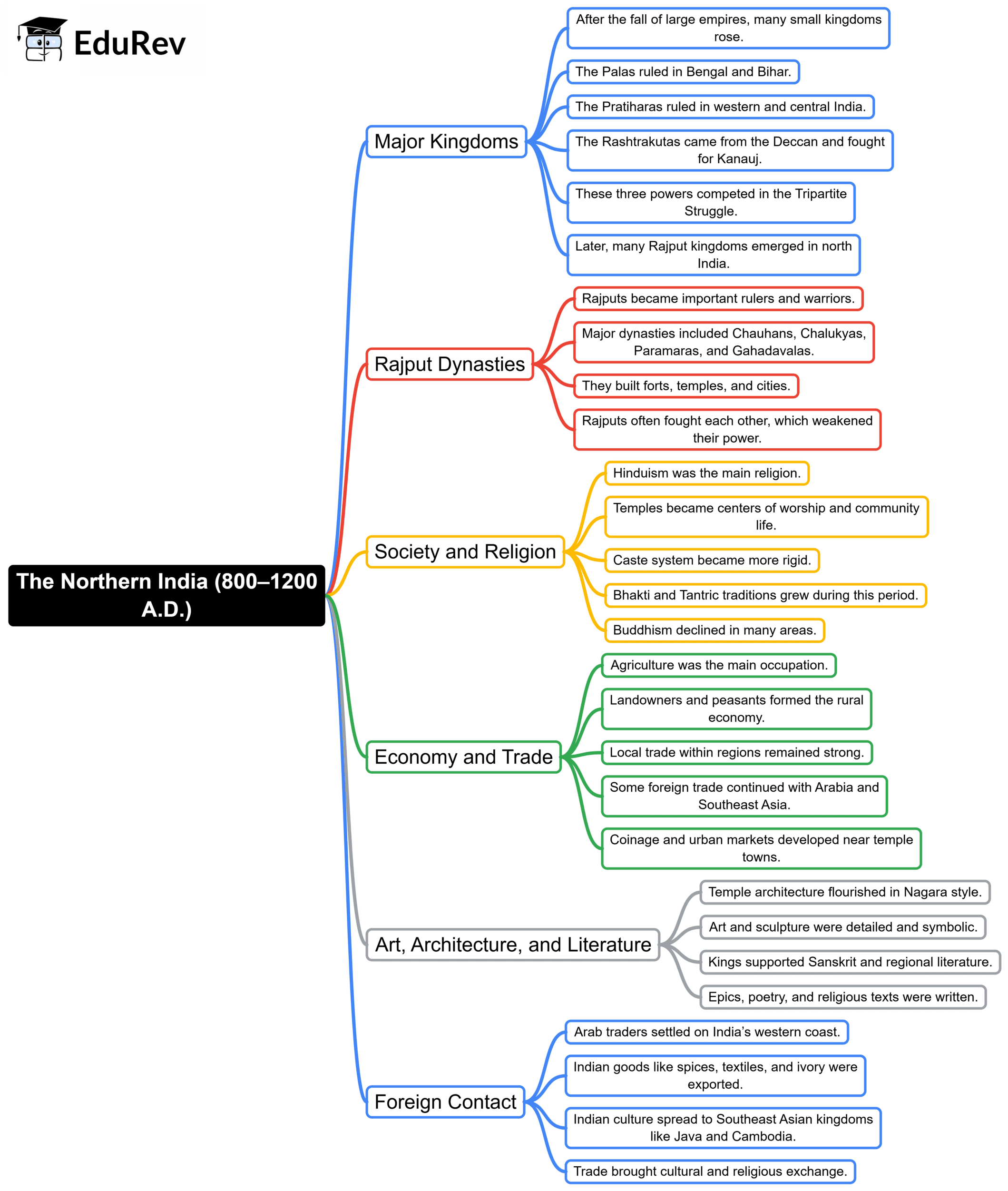
South India and The Chola Dynasty (800-1200 AD)
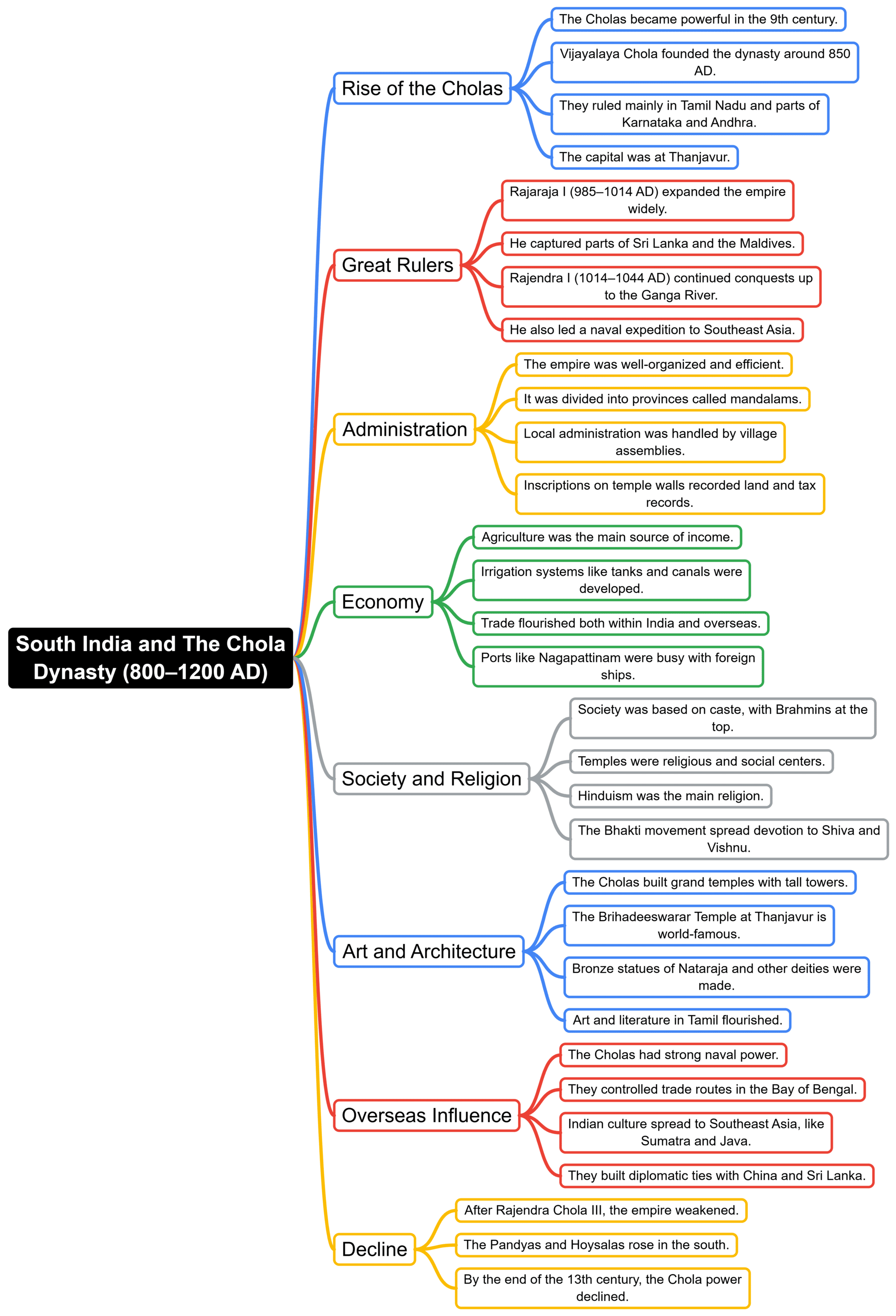
The Delhi Sultanate
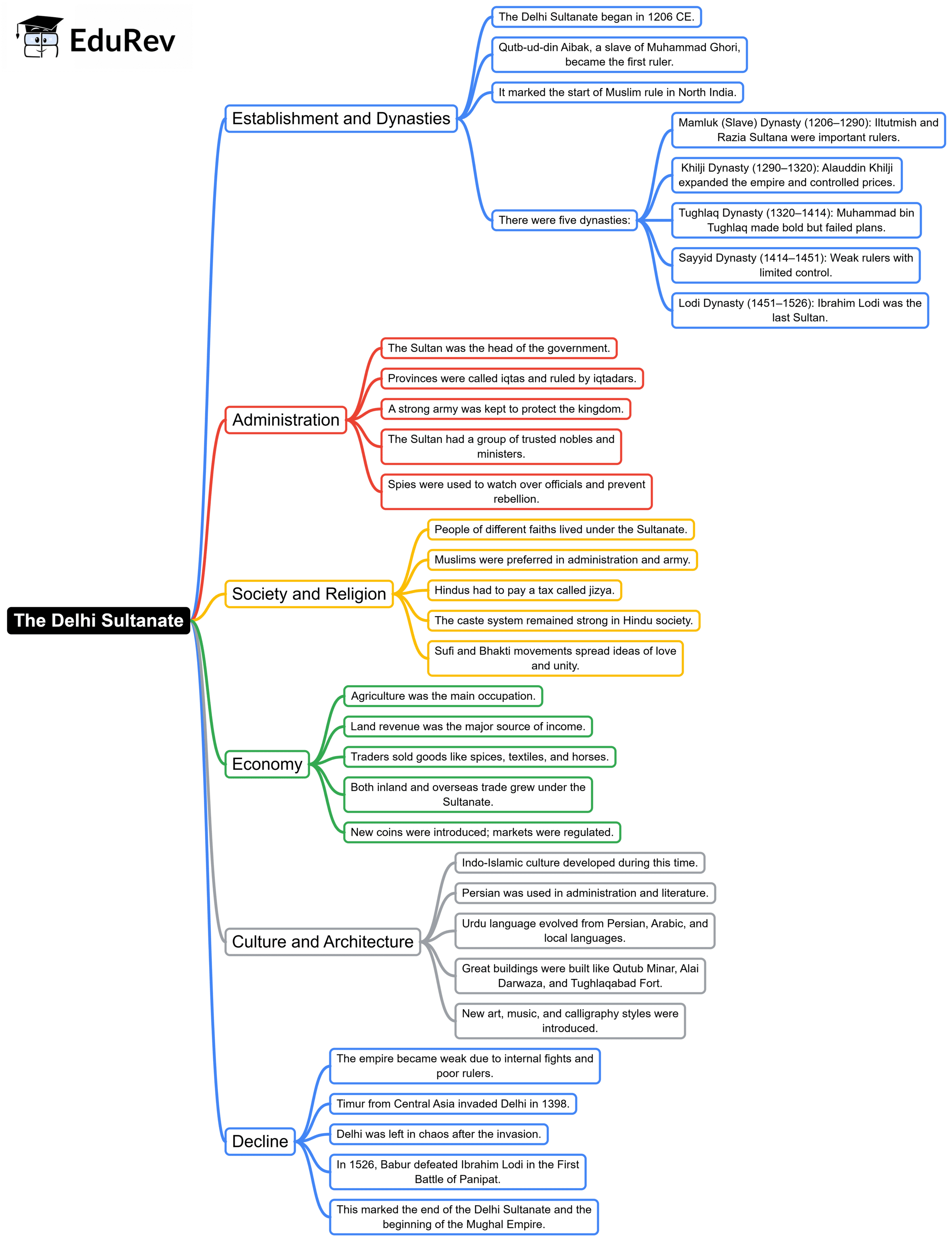
The Vijayanagar Empire
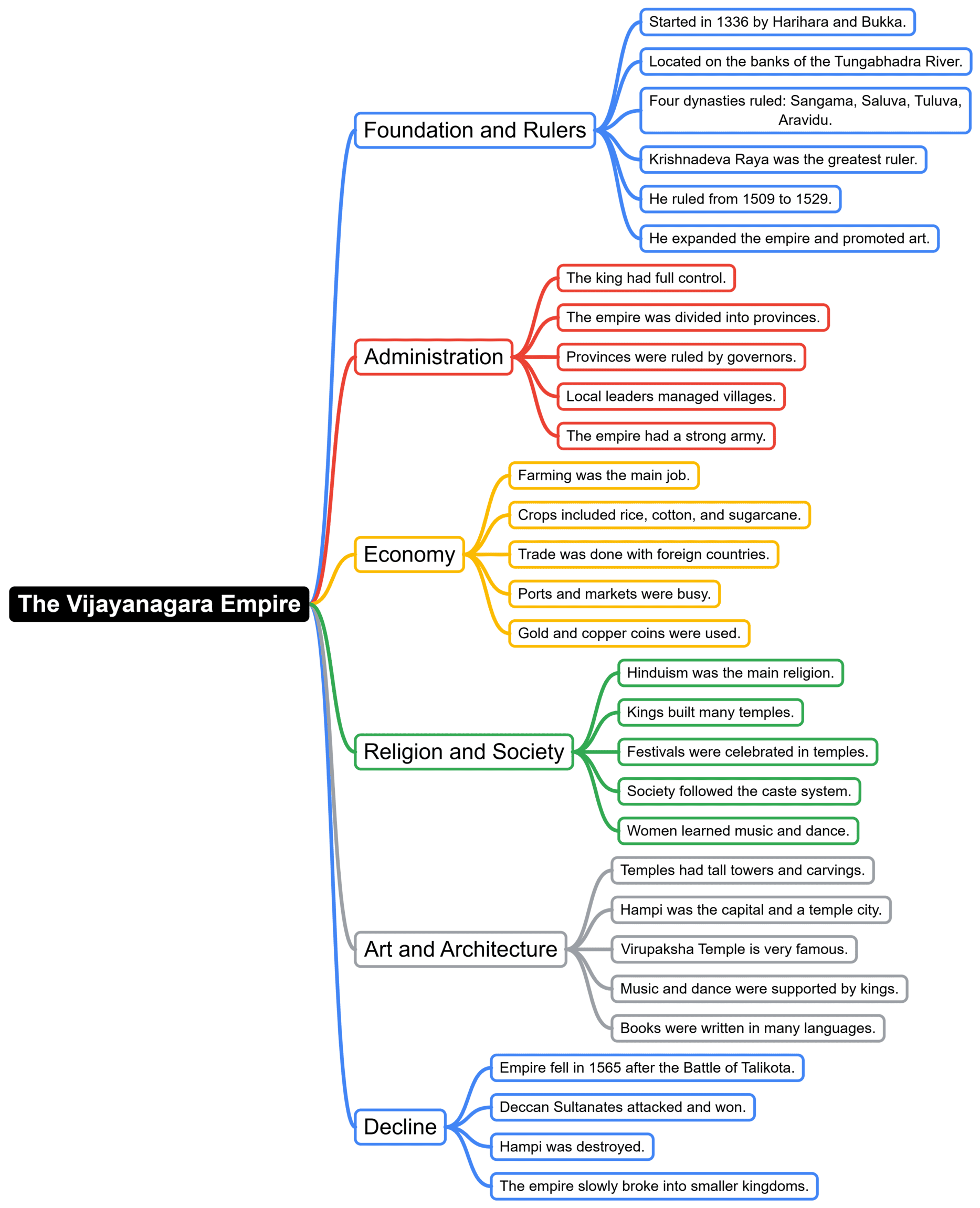
Religious Movements: Bhakti & Sufi Movement
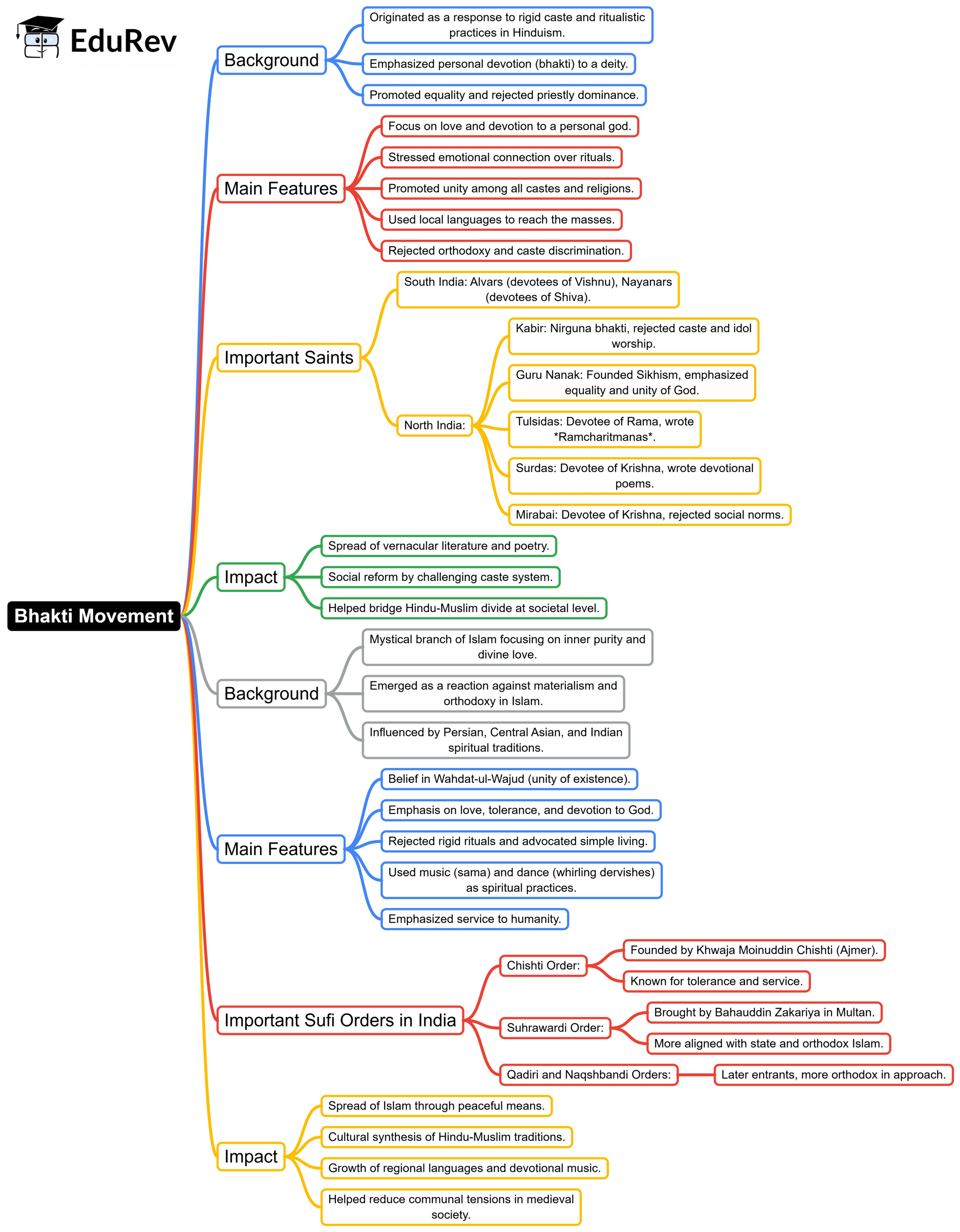
The Mughal Empire
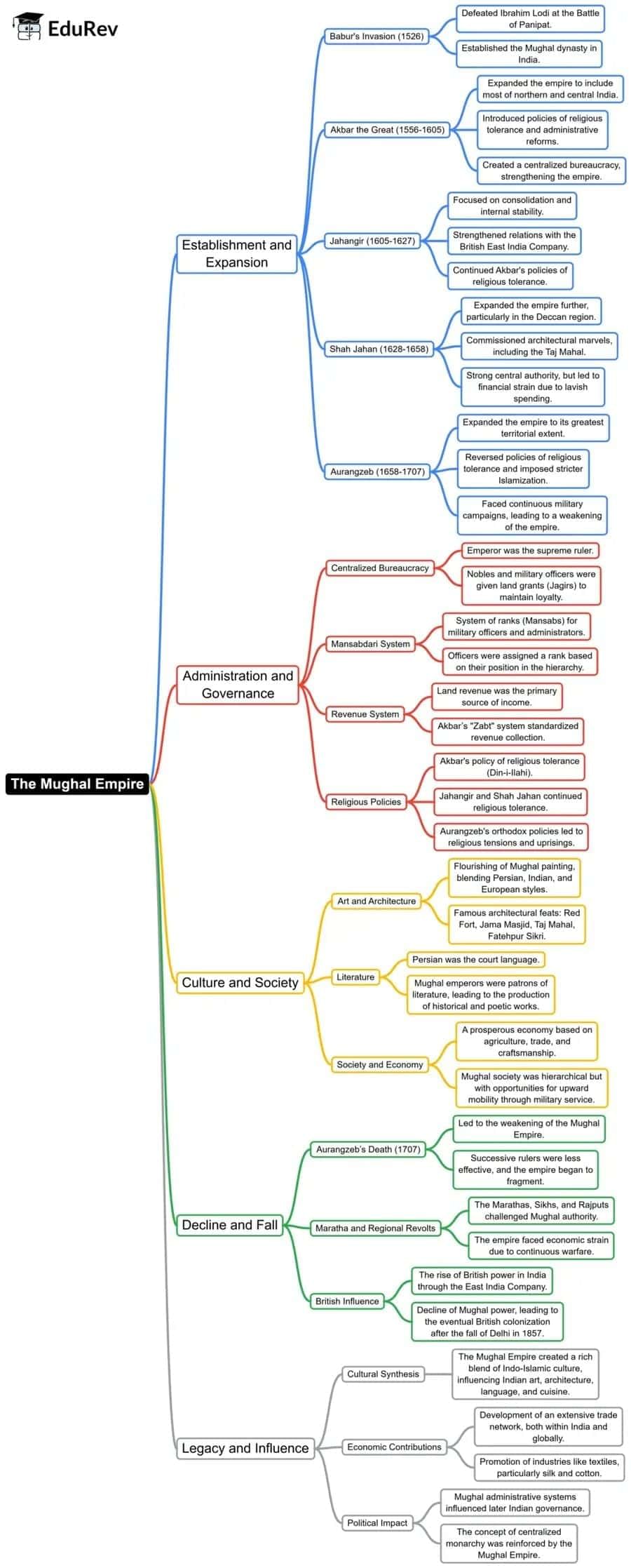
Provincial Dynasties of North India and Deccan
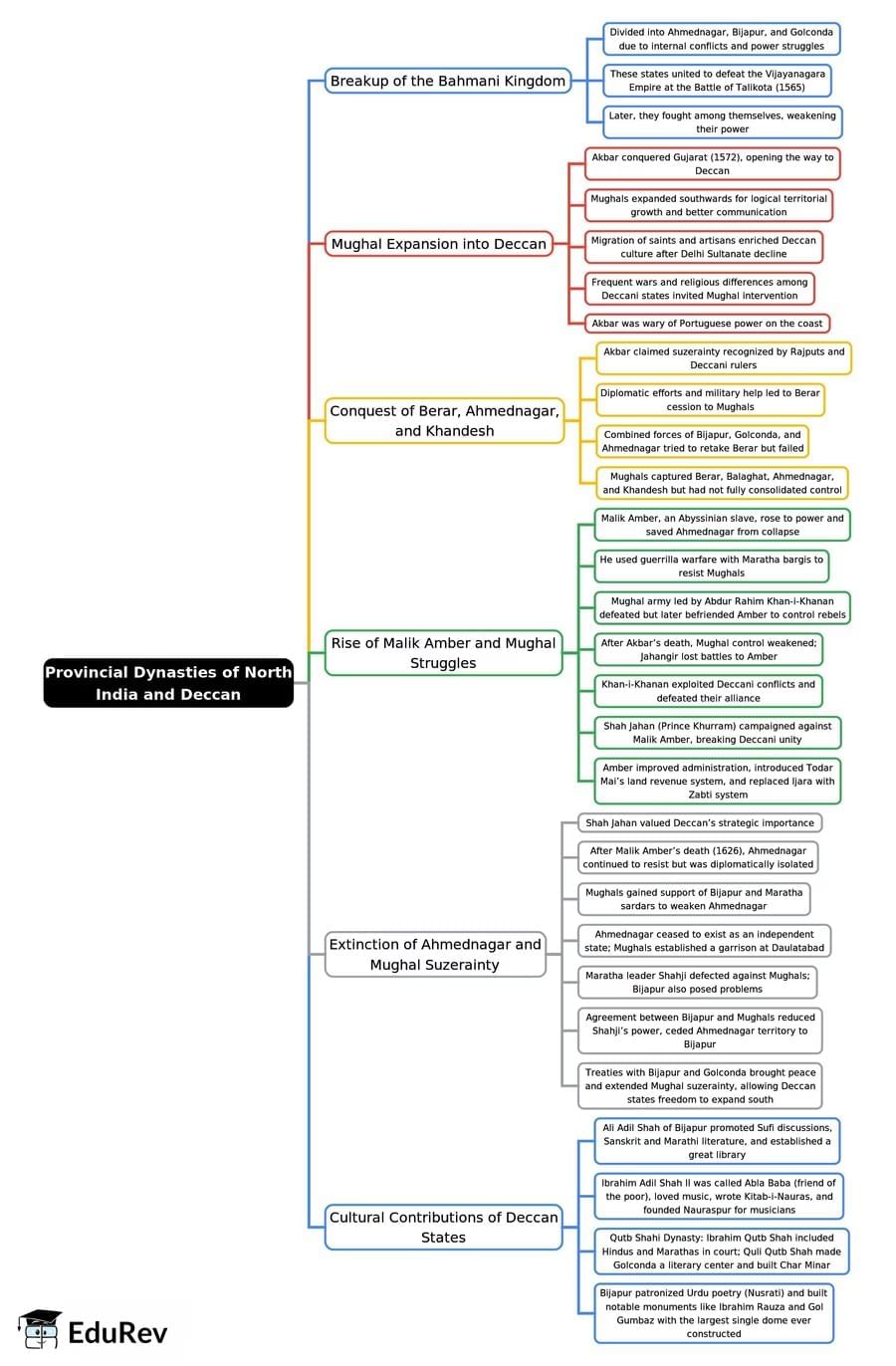
Shivaji and Maratha Nationalism
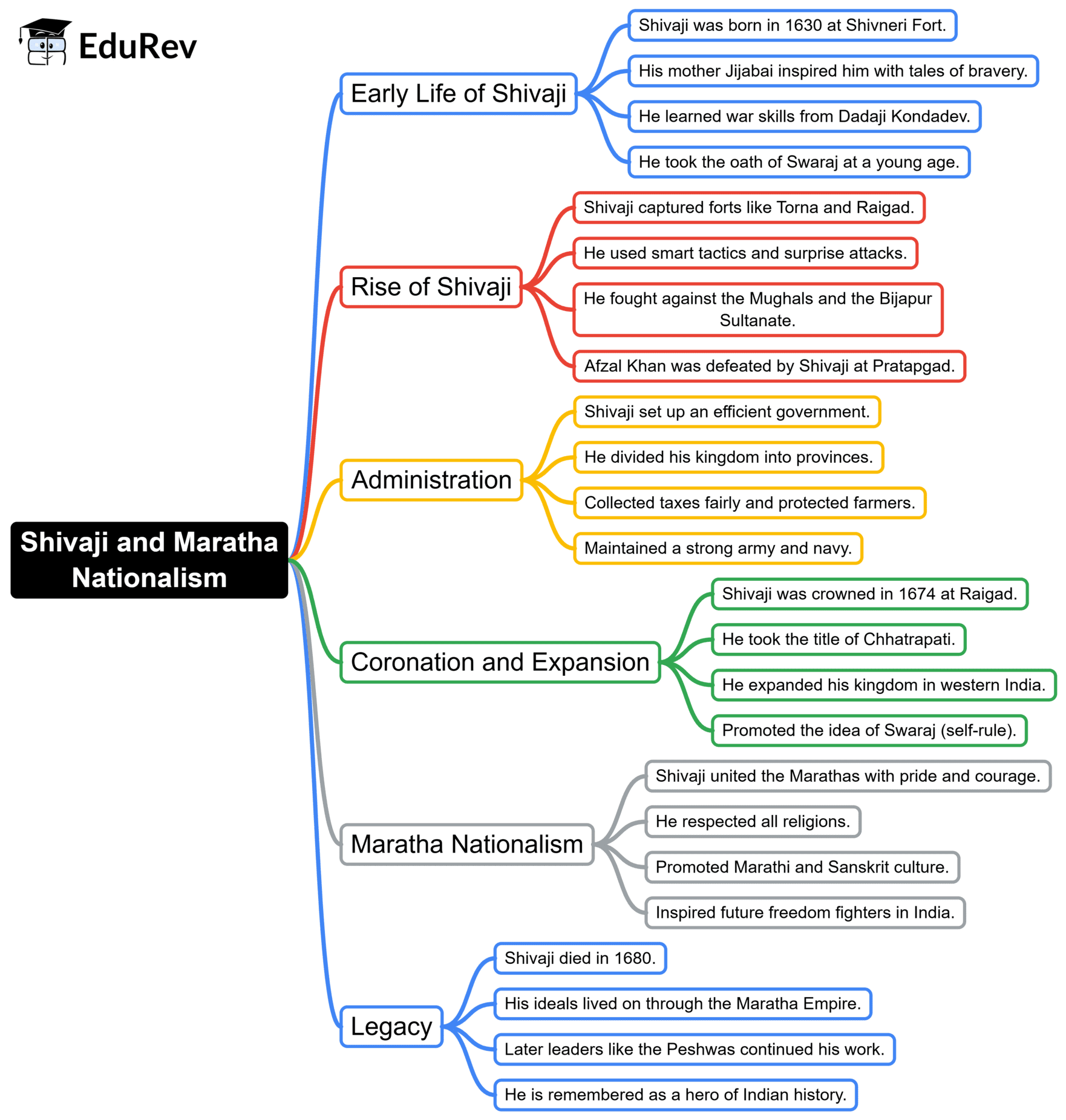
Beginning of European Commerce
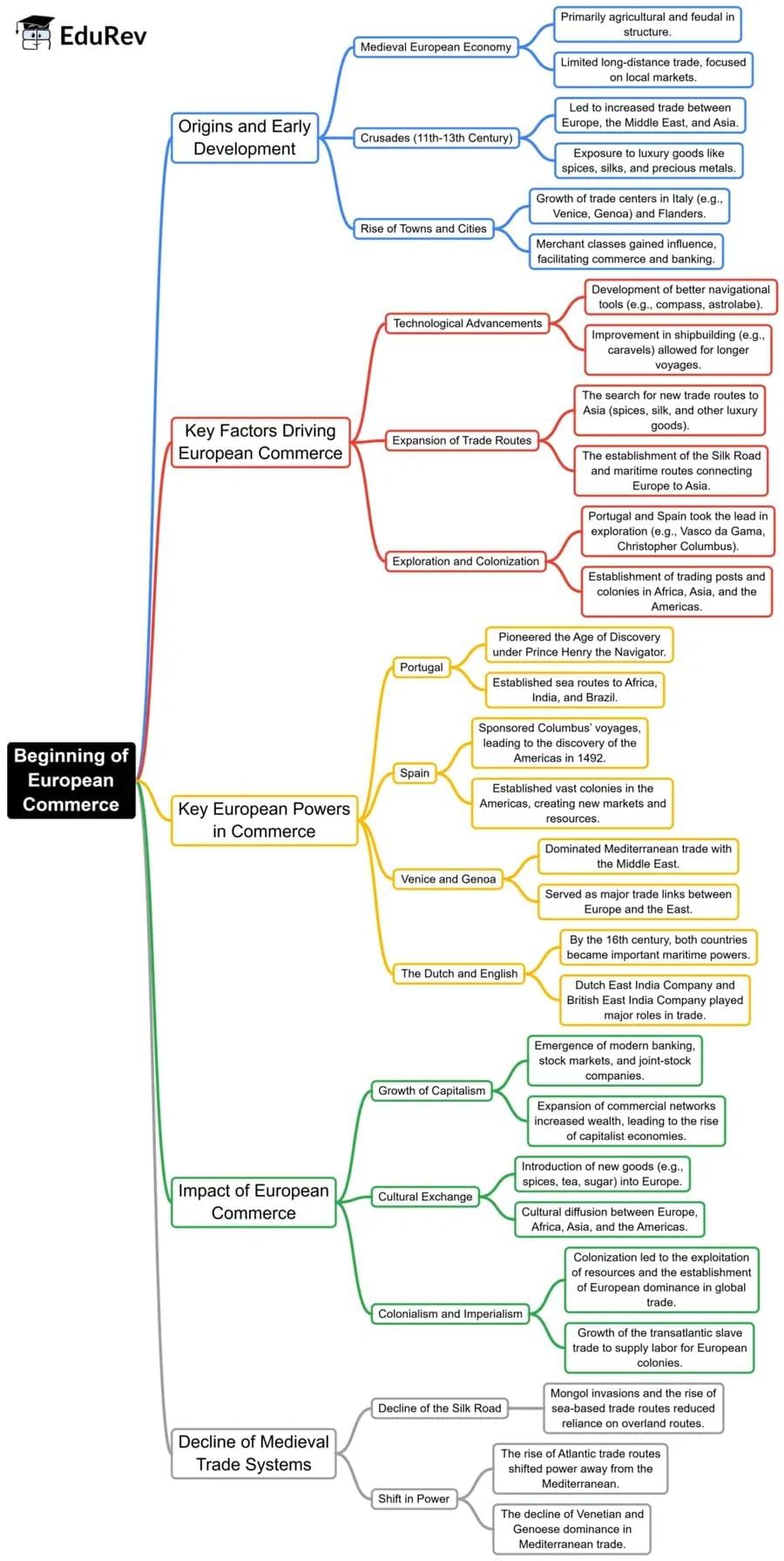
The document Quick Revision : Medieval History | History for UPSC CSE is a part of the UPSC Course History for UPSC CSE.
All you need of UPSC at this link: UPSC
|
216 videos|855 docs|219 tests
|
FAQs on Quick Revision : Medieval History - History for UPSC CSE
| 1. What were the main characteristics of feudalism in medieval Europe? |  |
Ans. Feudalism was a hierarchical system that structured society in medieval Europe, particularly from the 9th to the 15th centuries. It was characterized by the relationship between lords and vassals, where land (fief) was granted in exchange for military service and loyalty. Lords provided protection and governance, while vassals pledged allegiance and offered military aid. This system also included serfs, who worked the land and were bound to it, forming the base of the economic structure.
| 2. What role did the Church play in medieval society? |  |
Ans. The Church was a central institution in medieval society, influencing various aspects of daily life, politics, and education. It served as a unifying force, providing spiritual guidance, moral authority, and a framework for social order. The Church also played a significant role in governance, often mediating conflicts and influencing kings and nobles. Monasticism, education through cathedral schools, and the promotion of art and architecture, such as Gothic cathedrals, were also key contributions of the Church during this period.
| 3. How did the Black Death impact medieval Europe? |  |
Ans. The Black Death, which struck Europe in the mid-14th century, had devastating effects on the continent. It led to the death of an estimated one-third of Europe's population. The massive loss of life caused labor shortages, which in turn empowered surviving workers to demand higher wages and better conditions. This shift contributed to the decline of feudalism, increased social mobility, and ultimately laid the groundwork for the Renaissance by altering economic and social structures.
| 4. What were the significant cultural achievements during the medieval period? |  |
Ans. The medieval period saw significant cultural achievements, particularly in art, literature, and architecture. Notable developments include the construction of iconic Gothic cathedrals, illuminated manuscripts, and the rise of chivalric literature, with works such as "The Song of Roland" and the Arthurian legends. Additionally, the period witnessed the establishment of universities, which became centers of learning and intellectual discourse, contributing to the preservation and evolution of knowledge.
| 5. What were the causes and consequences of the Crusades? |  |
Ans. The Crusades, a series of religious wars from the 11th to the 13th centuries, were primarily driven by the desire to reclaim the Holy Land from Muslim control, as well as to unite Christian factions and demonstrate piety. The consequences included increased trade between Europe and the East, cultural exchanges, and a rise in religious intolerance. While the Crusades failed to achieve their primary goal of permanent conquest, they significantly impacted European society by fostering a sense of identity and shifting power dynamics within Europe and the Mediterranean region.
Related Searches




















